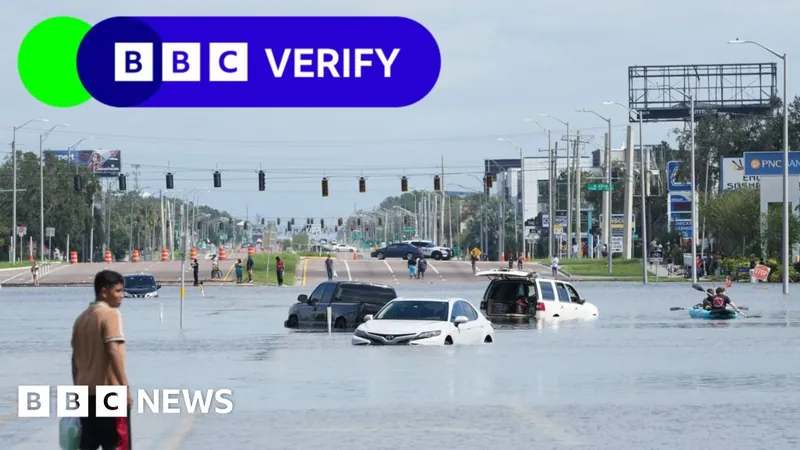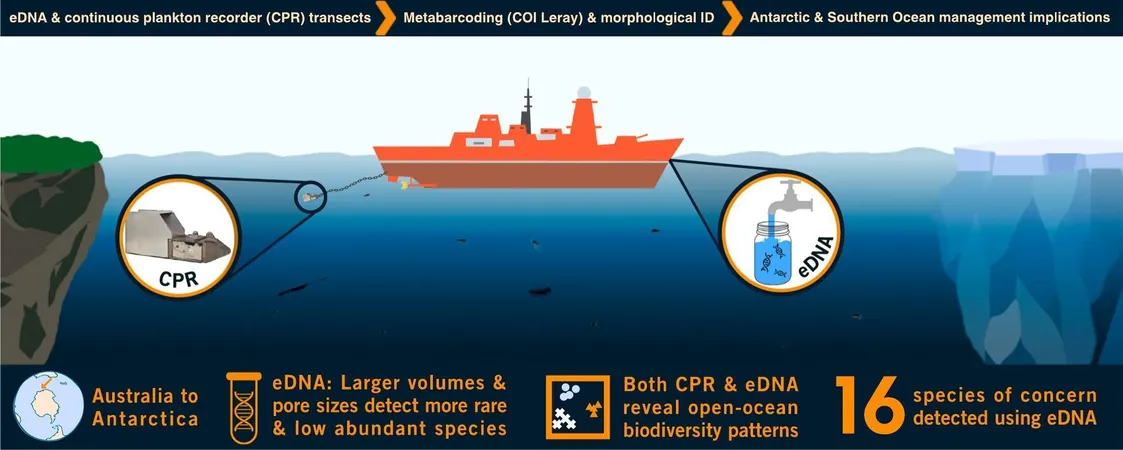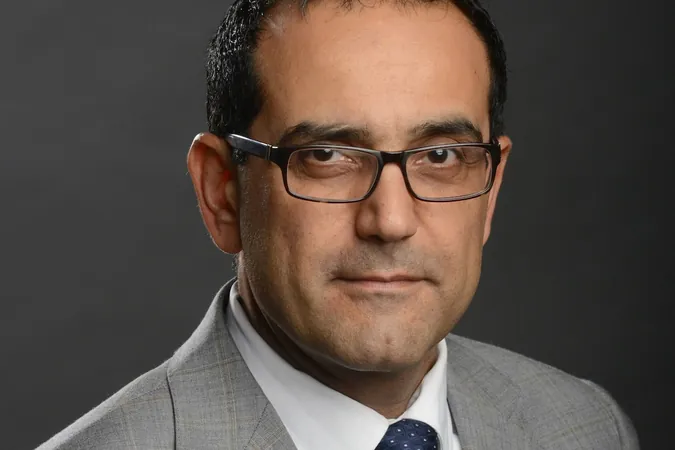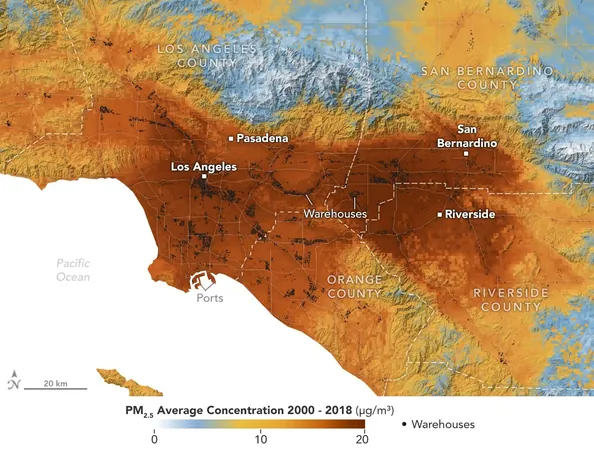
The Chaotic Rise of Hurricane Milton and Helene Conspiracy Theories on Social Media
2024-10-11
Author: Liam
The Surge of Misinformation on Social Media
As hurricanes Milton and Helene battered the United States, an unprecedented wave of misinformation surged across social media platforms. This deluge of false narratives reflects a digital landscape where engagement often trumps accuracy, creating fertile ground for conspiracy theories to flourish.
Scale and Nature of Erroneous Claims
The scale and rapidity with which erroneous claims spread surrounding these back-to-back hurricanes are staggering. From innocuous inquiries about the reliability of forecasts to outright fabrications—like former President Donald Trump's assertions that hurricane relief funds are misallocated to undocumented migrants—social media has become a hotbed for disinformation.
Manipulated Visuals and Outlandish Claims
During this tempest, many users circulated misleading images purportedly depicting the havoc wrought by the storms. Some of these were clever fabrications, utilizing advanced artificial intelligence to generate fake visuals of children fleeing disaster. Others lazily repurposed old footage from different storms or showcased CGI videos as news. The most outrageous claims suggested that the government was engaged in "geo-engineering" to manipulate the weather, a concept echoed by some notable public figures, including Congresswoman Marjorie Taylor Greene, who claimed, "Yes, they can control the weather," in a recent post on X (formerly Twitter).
The Role of Verification and Engagement Policies
Interestingly, the majority of the viral misinformation emanated from accounts featuring blue verification ticks—users notorious for promoting conspiracy theories. Since Elon Musk's takeover of X, the blue tick system has shifted from a certification of authenticity to a purchasable status. This change has allowed users to gain visibility and engage audiences primarily through sensational content, regardless of its truthfulness.
Incentives for Sensationalism
X's new revenue-sharing policy has compounded this issue. With increased payouts based on user engagement rather than the quality of content, individuals are incentivized to post sensationalist material to exploit the platform's ad revenue. While other platforms like YouTube, TikTok, and Instagram enforce stricter regulations to combat misinformation—demoting or suspending accounts that share false narratives—X's guidelines remain lax, lacking adequate measures to curtail the rampant spread of misleading information.
Cross-Platform Proliferation of False Narratives
The influence of this misinformation extends far beyond its initial platform. Viral posts on X often migrate to comment sections of videos on other social channels, facilitating a cross-platform proliferation of false narratives. One notable influencer, known as "Wild Mother," mentioned a shift in public perception over the past four years. Initially confronted with skepticism, her posts now receive overwhelming agreement as conspiracy theories gain traction.
Implications for Public Trust and Safety
The implications of spreading such disinformation are severe, particularly in the wake of a natural disaster like Hurricane Milton. Trust in authorities is eroded when disillusioned individuals consume unchecked claims that undermine legitimate rescue and recovery efforts.
The Scale of Misinformation Today
Perhaps most alarming is the sheer reach of misinformation today compared to past natural disasters. According to the Institute of Strategic Dialogue, around three dozen misleading posts related to the hurricanes garnered a staggering 160 million views on X alone. This widespread sharing is magnified by the upcoming U.S. presidential election, breathing a new political life into these disinformation campaigns.
Conclusion: The Ongoing Battle Against Misinformation
In a world increasingly shaped by social media interactions, the unchecked spread of conspiracy theories poses significant threats to public knowledge, safety, and trust, demonstrating that the battle against misinformation remains a crucial challenge for society.









 Brasil (PT)
Brasil (PT)
 Canada (EN)
Canada (EN)
 Chile (ES)
Chile (ES)
 España (ES)
España (ES)
 France (FR)
France (FR)
 Hong Kong (EN)
Hong Kong (EN)
 Italia (IT)
Italia (IT)
 日本 (JA)
日本 (JA)
 Magyarország (HU)
Magyarország (HU)
 Norge (NO)
Norge (NO)
 Polska (PL)
Polska (PL)
 Schweiz (DE)
Schweiz (DE)
 Singapore (EN)
Singapore (EN)
 Sverige (SV)
Sverige (SV)
 Suomi (FI)
Suomi (FI)
 Türkiye (TR)
Türkiye (TR)